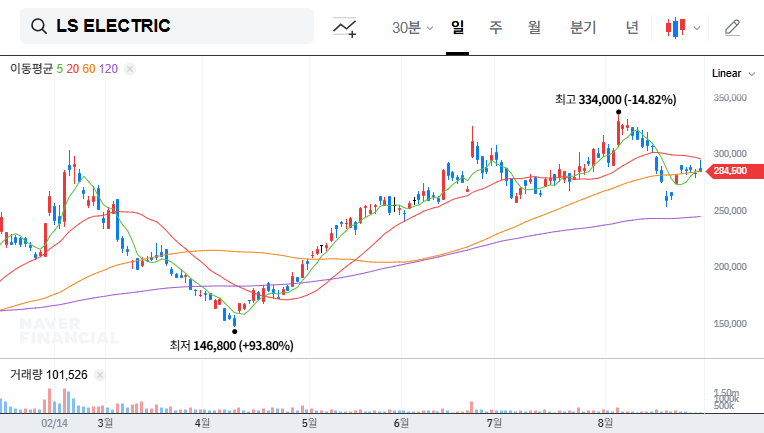
What’s Happening? CJ Logistics IR!
CJ Logistics will announce its key business strategies and management status on September 23rd at its Investor Day. The market is particularly interested in the CL business strategy and site tour.
Why is the IR Important? Opportunities and Risk Analysis
- Positive Factors: Strengthened communication with the market, increased transparency, and raised expectations for future growth drivers (digital transformation, TES logistics technology, and green energy).
- Negative Factors: Sluggish profitability, macroeconomic uncertainties (exchange rates, raw material prices, and construction market), and intensified competition.
So, What Should I Do? Investment Strategies
The current investment recommendation is ‘HOLD (Neutral)’. Careful observation of the IR announcements and future trends is crucial. Pay close attention to the specifics of the CL business strategy, new business growth prospects, risk management capabilities, and profitability improvement strategies.
Action Plan for Investors
Carefully review the IR information, assess the feasibility and risks of the presented strategies, and then make your investment decisions. It is important to consider investments from a long-term perspective, rather than being swayed by short-term stock price fluctuations.
FAQ
Why is the CJ Logistics IR important?
It provides a crucial opportunity to examine CJ Logistics’ future strategy amidst recent underperformance and economic uncertainty.
What are the key points to consider when investing?
Carefully analyze the details of the CL business strategy, new business growth prospects, risk management capabilities, and profitability improvement strategies. Consider investment from a long-term perspective.
What are the future growth drivers for CJ Logistics?
Digital transformation, investment in TES logistics technology, and new green energy businesses are attracting attention as future growth drivers.




